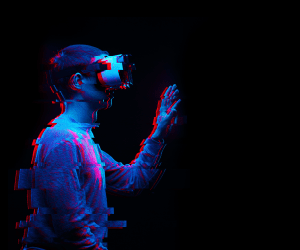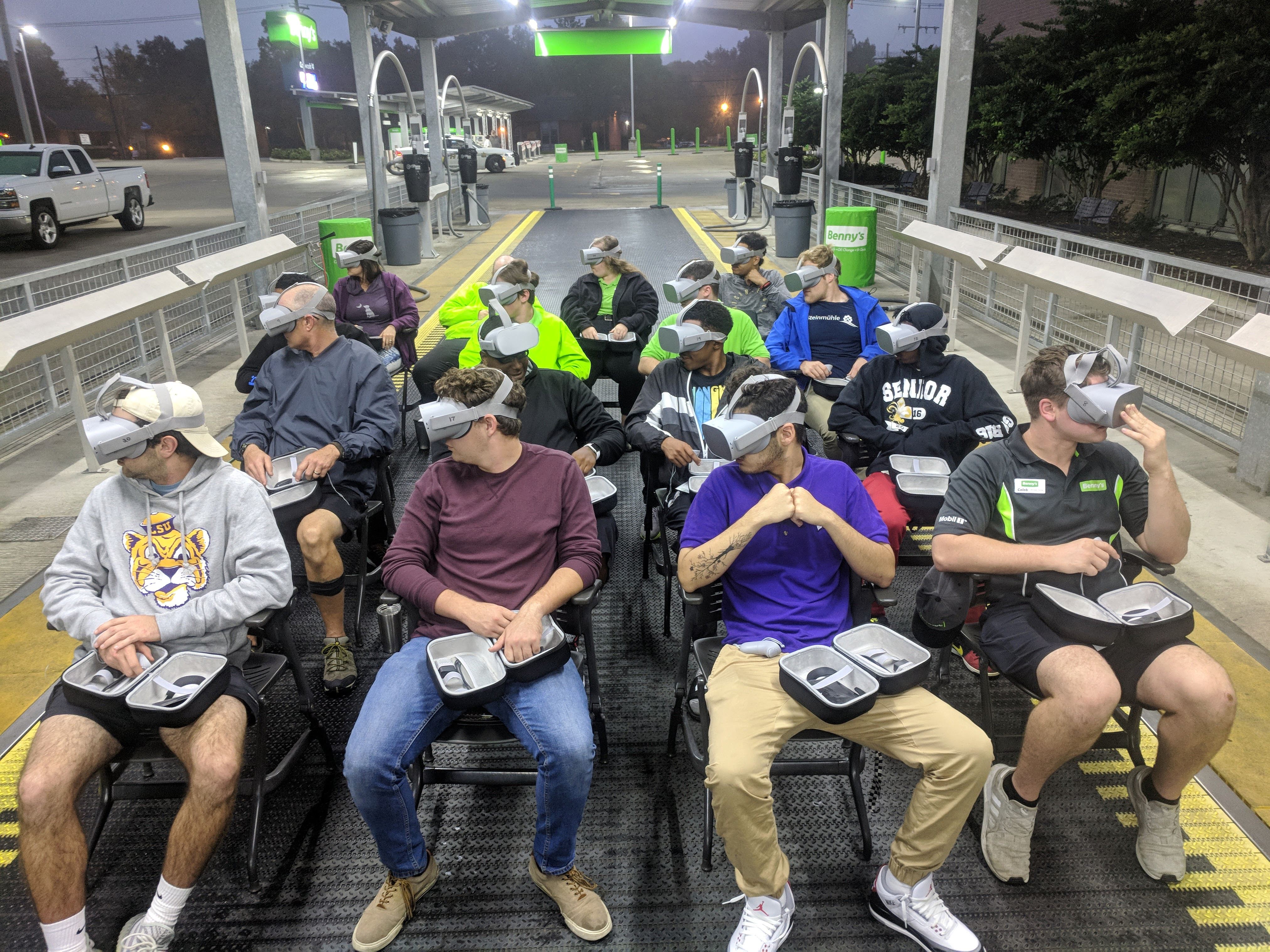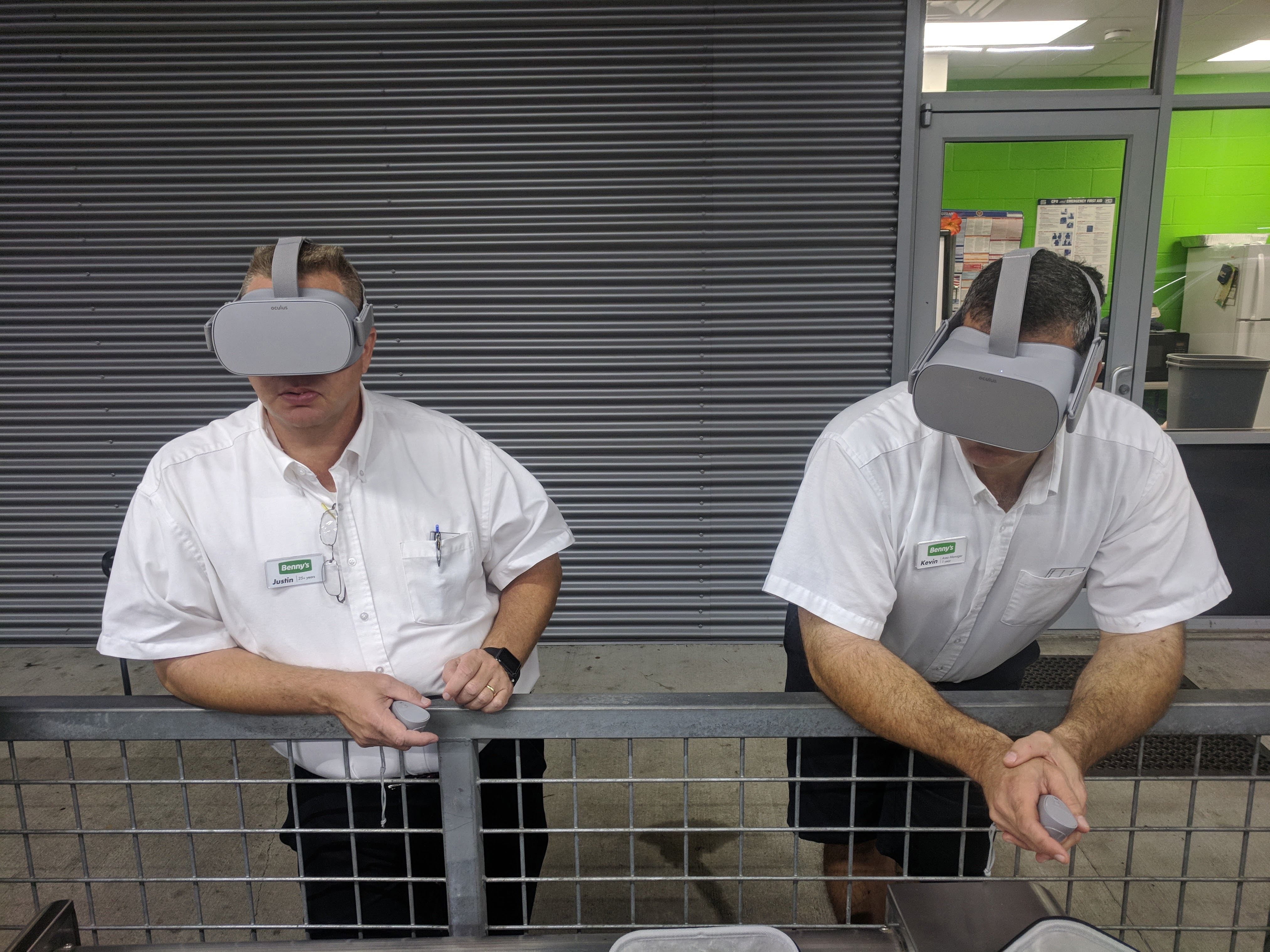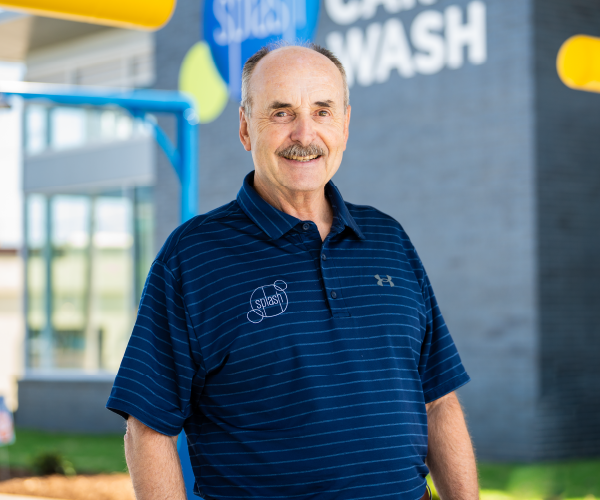
Plug in to Training
May 31, 2022
9 minute ReadBy Tom Gresham
“The hungry and smart talent is looking for education and career development,” said Jason Woodward, owner/operator of Sudzy Salmon Car Wash, which has locations in Alaska. “They also need flexibility and are super tech savvy. Even if you worked 24-7, I don’t think you would be able to keep up without some smart tech leverage.”
In today’s climate, businesses such as car washes are often attempting to do more with less, whether they are emerging new brands trying to scale quickly or established businesses whose operators feel as though they need to multiply themselves to keep up new growth, said Sam Caucci, founder and CEO of 1Huddle, a workforce training company. Technology, he said, can allow businesses to scale thoughtfully throughout their organization.
Fortunately, tech tools designed for training and managing employees are widely available and have evolved to integrate more naturally with a business’s existing processes and programs, Caucci said. And workers – accustomed to using technology in many other aspects of their lives – are well-equipped to adopt the tools.
“Technology is everywhere we look,” said Brad Hailstone, general manager for Utah-based Wiggy Wash.
A Boost to Training
Car washes that are employing tech tools for team members are integrating them into their operations in a variety of ways. In the category of training, Caucci said there are three primary areas where technology can be employed to onboard, upskill and re-skill workers: management and leadership skills; customer-facing skills, such as those related to sales and service; and technical skills ranging from learning to use point-of-sale software to operating heavy machinery.
For instance, Caucci’s 1Huddle works with Indiana-based Prime Car Wash, using interactive games to train employees to ensure they help foster an exceptional customer service experience every time someone comes into the store.
For years, Caucci said, technology-based training programs were academic in tone, offering little that was different from the printed manuals and lengthy slideshow presentations that many businesses used. Today, though, technologies have become more self-service, Caucci said.
“Most training technology had been eLearning-based – and workers frankly don’t want to watch hours of video. They want to get to work,” Caucci said. “Where technology has come now, though, you’re seeing a lot of ready-to-go, off-the-shelf content that can be consumed on mobile. There’s no shortage of information today. In years past, I think you struggled to find a subject matter expert, but there are a lot of technologies today where you can find the content that you like and you can deploy it to your people. In many ways, there also are products for every budget.”
At Sudzy Salmon, Woodward said International Carwash Association’s LEAD learning management platform drives the entire career visioning experience from new hire to the executive management institute course. Sudzy Salmon uses the platform’s content, adds in some of its own, and holds weekly in-person leadership meetings, he said.

Meanwhile, Benny’s Car Wash, which is based in Baton Rouge, La., uses virtual reality with its new hires during the orientation process. Rob Hetherington, chief operations officer for Benny’s, said VR allows Benny’s to show new staff members how to perform tasks in each position without actually doing them. Benny’s staff members overseeing the training can pause the VR program to talk in detail about specific items in the training.
Hetherington said the use of VR as an initial training tool has led to new employees arriving more comfortable and prepared on the first day of work.
“They show up with a little confidence they can do the job,” Hetherington said. “Plus, it is fun, so they are more receptive to the training.”
Caucci said he is seeing many businesses invest in training solutions because of concerns about hiring and retaining employees in the current job market. The increased importance of employee retention has companies looking closely at how to provide their workers with a better experience and a clearer path to growth.
“Workers are thinking about other options,” Caucci said. “I think that if you’re looking at a real problem with employee churn, you should be looking at how you can use training technology to provide more learning opportunities to workers that can create career advancement for them.”
Businesses sometimes prioritize training during onboarding but don’t follow through with ongoing education once someone has settled into a position. Caucci said these companies view training as part of an onboarding “event” rather than an ongoing process. “Training is kind of like taking a shower,” Caucci said. “You can’t just take one and be done with it. You have to keep doing it.” Caucci said technology can particularly help with scaling the training process to people year-round.
Managing Team Members and Tasks
Hailstone said Wiggy Wash uses an automated learning management system that assigns premade courses to all its new hires. Everyone gets the same initial training over their first 12 shifts on the job via the system. In addition, Wiggy Wash also uses a digital management software tool called JOLT, which allows for assigning checklists to teams or individual team members.
“Everyone on our team is able to have the JOLT mobile app downloaded on their phones which really helps keep everyone on the same page as far as what needs to be done,” Hailstone said. “It also creates a sense of accountability and pride in their work as most of the cleaning checklists require a picture of the finished product to check it off.”
Hailstone said tech solutions can be especially helpful for businesses that must manage workers across different sites while striving for a consistent level of employee performance and customer experience.
“If you want to be able to create accountability and consistency with your team, especially across multiple locations, sophisticated technology is key in training and management,” Hailstone said.
Technology also allows managers to ensure they are coordinating and communicating adequately with their staff members.
“We live in a world where everyone having access to the same information in real time is critical,” Hailstone said. “A leader being able to automate, put out and manage tasks for the team to accomplish is not only a benefit but essential to a site running efficiently and effectively.”
Caucci said some businesses keep their institutional knowledge stored largely in the brains of leadership. “Every time a company loses an employee, it’s like burning a library,” Caucci said. “When you lose a manager, it’s like losing a really big library. That’s a lot of information that they could have stored somewhere.”
Technology can help to not only standardize institutional knowledge and get it to more people but to archive it to ensure it is consistently understood and applied throughout the organization.
“There should be a realization that you need to standardize this stuff,” Caucci said.
Striking a Balance
Woodward said technology allows Sudzy Salmon to build a standardized structure across the company for training from new hire paperwork to senior management training – without being so rigid that it cannot be tailored to individual workers or adapted to new circumstances.
“Along the way, when we find places where we want to add something, or update or change something, we can just plug it in, and then anybody that’s past that level is required to go back and review it. And anybody that’s not there yet will get it when it comes,” Woodward said. “So, it gives us that flexibility to add and change things, but also gives us a standardized path.”
One important lesson of the pandemic, Hetherington said, was that technology helps ensure that training can continue no matter the environment or circumstances.
“As technology advances, I can see us training everyone in an empty warehouse with interactive VR,” Hetherington said. “We can create any situation and have them affect the outcome. This will be great for training throughput volume, safety, labor management, sales training and every position available. We also use it in our oil bay department.”
Despite its strengths, Hetherington said that technology should never become the sole source of training.
“I believe that one-on-one, hands-on training will never be replaced,” Hetherington said. “Tech training builds the foundation to start all other training and again creates consistency and accountability in training. If you start with tech, whether it is VR or just a solid learning program (we use LEAD from the ICA), everyone gets the same basic start to grow from.”

Woodward agreed that technology is not a replacement for rolling up your sleeves and investing in your people. For instance, Woodward said he often gets new employees who want to dive in, knock it out and just get it all done when it comes to training.
“That approach, although fast, doesn’t necessarily lead to retention,” he said. “So, I can create sort of stops along the way where there’s a check-in with a human to review the end of a training module update. Or if it’s a higher-level leadership training, I might have a group meeting about their responses. And so it allows us to use that standardized process that keeps everybody moving along and sort of gives them direction in a vision, but at the same time we can slow down the process when we want to and mix in some on-the-job training and some one-on-one interviews and things like that to augment the experience.”
Caucci said the current labor shortage may tempt some companies to skimp on investments in training, but he said now is a good time to devote resources to building a training infrastructure.
“If you’re under-investing in training infrastructure right now, you’re going to be in trouble next year when workers race back to work,” Caucci said. “Now is the moment – while labor may be challenging – to lay down the structure so that when things normalize, you can capitalize.”
Managing Tech So It Doesn’t Manage You
Woodward emphasizes that technology for training and managing employees is not “set and forget,” but requires a lot of energy to ensure the right systems are in place for each unique business situation. In addition, picking a tech system should be weighed carefully because “changing systems is hard and not something you want to do often,” he said.
“I think the relationship with tech needs to be a balance to avoid having your business too tied to the tech,” Woodward said.
As part of managing technology, Woodward said redundancy and good support are critical.
“Make sure more than one person knows how to work the system,” Woodward said. “Find tech with well-documented help documents and a system support team that answers your help tickets.”
Hetherington advises putting a strong leader in charge of the company’s technology-based component of training – someone who has “a drive to keep it going.”
“If you just rely on your managers, it may not be as effective as it could be,” Hetherington said.
Caucci said businesses should review key performance indicators such as employee churn, sales performance and customer service scores on an ongoing basis and consider how they connect to their technology solutions for training and managing employees. Is there room for improvement? Are there ways to adapt the tech to strengthen performance in those areas?
Researching the best tech solution fit for the business should begin with connecting with peers, Woodward said.
“Someone else has probably already figured out your problems and the car wash industry is great at sharing,” Woodward said. “Invest some energy in exploring who’s already doing what you want to solve for well before you reinvent the wheel.”








